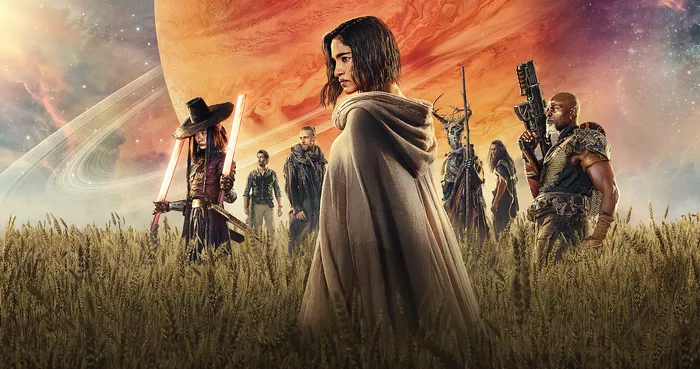Zack Snyder, known for his signature style of epic, sprawling narratives, is set to challenge his own cinematic conventions with the much-anticipated release of “Rebel Moon.” However, the surprising revelation of the film’s shorter runtime has sparked debates and speculation within the cinematic community. In contrast to Snyder’s penchant for lengthy, immersive storytelling, the shorter duration of “Rebel Moon” seems to deviate from his established modus operandi, hinting at a potential divergence from his trademark directorial approach. As discussions around the film’s runtime gain momentum, questions arise regarding the possible implications of this departure from Snyder’s typical narrative expansiveness.
I. The Anomaly of Shorter Runtimes in Snyder’s Universe
Zack Snyder has carved a distinct niche in the realm of filmmaking, renowned for his meticulous attention to detail and a penchant for crafting narratives that unfold gradually, drawing audiences into intricately woven storylines. With a notable inclination towards extended cuts and director’s editions that amplify the viewing experience, Snyder’s films have become synonymous with their immersive, epic durations, captivating audiences with their sprawling landscapes and rich character developments. In light of this established norm, the revelation of the comparatively shorter runtime of “Rebel Moon” marks a departure from Snyder’s accustomed narrative tapestry, leaving enthusiasts curious about the potential storytelling dynamics within this new cinematic venture.
II. The Streaming Conundrum: The Clash of Runtimes and Audience Preferences
Amid the era of streaming platforms that offer viewers the flexibility to consume content at their convenience, the shorter runtime of “Rebel Moon” poses a stark contrast to the prevailing trend of extended episodic formats and elaborate storytelling structures. In direct opposition to the advantages of streaming platforms like Netflix, which allow audiences to engage in multiple sittings without incurring additional costs, the brevity of “Rebel Moon” hints at a potential missed opportunity to fully leverage the benefits of an extended narrative. As viewers increasingly seek immersive, in-depth storytelling experiences, the clash between the film’s runtime and evolving audience preferences raises pertinent questions about the impact of this decision on the overall viewing experience and audience engagement.
III. The Enigma of Snyder’s Extended Cuts: Enhancing or Diluting the Narrative Essence?
While the initial runtime of “Rebel Moon” suggests a departure from Snyder’s trademark style, the filmmaker’s plan for subsequent extended cuts adds an intriguing layer of complexity to the narrative discourse. The prospect of extended editions prompts contemplation on the possible discrepancies between the initial Netflix versions and Snyder’s original vision, potentially influencing audience perceptions and reactions. However, the promise of extended cuts presents an opportunity to delve deeper into the franchise’s mythology and intricacies, striking a delicate balance between expanding the lore and world-building without burdening the final cuts with an excessively convoluted plot.
IV. Striking the Balance: Narrative Cohesion and Viewer Engagement
As “Rebel Moon” teeters on the precipice of its highly anticipated release, the focus shifts to the delicate equilibrium between narrative coherence and viewer engagement. Snyder’s foray into the realm of shorter runtimes, juxtaposed with the prospect of extended editions, underscores the intricate interplay between storytelling dynamics and audience reception. Balancing the narrative intricacies with audience expectations, Snyder’s approach to “Rebel Moon” becomes emblematic of the evolving landscape of cinematic storytelling, navigating the fine line between brevity and depth, evoking a delicate synergy that resonates with audiences across diverse viewing preferences.
V. Conclusion: Rethinking Narratives in the Era of Cinematic Experimentation
In the realm of cinematic innovation and experimentation, the narrative trajectory of “Rebel Moon” represents a pivotal juncture in Zack Snyder’s directorial journey. Challenging his own established norms, the film’s departure from Snyder’s customary style not only signifies a bold exploration of new storytelling dimensions but also reflects the filmmaker’s adaptability in response to the evolving landscape of audience preferences and viewing habits. As the audience eagerly awaits the unveiling of “Rebel Moon,” the enigmatic convergence of shorter runtimes, extended cuts, and the essence of Snyder’s directorial imprint sets the stage for a dynamic exploration of narrative possibilities, encapsulating the essence of cinematic evolution in an era defined by unprecedented experimentation and creative reinvention.

